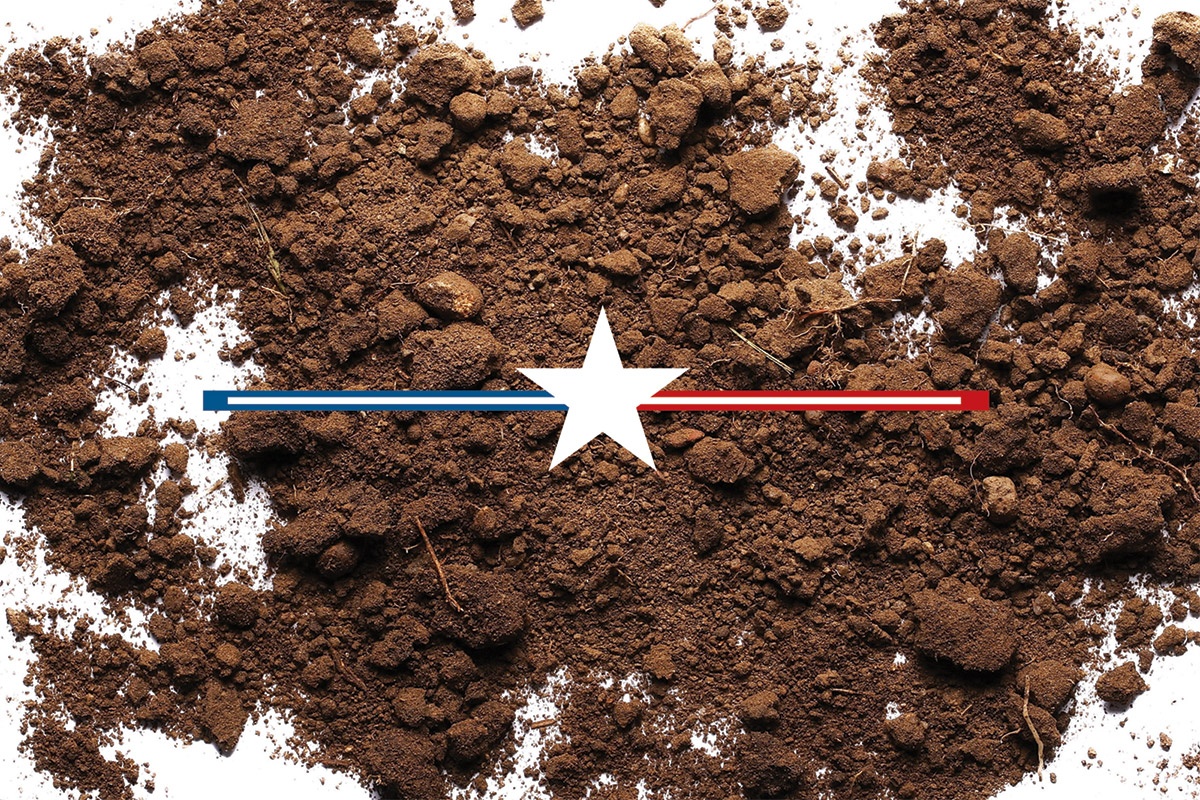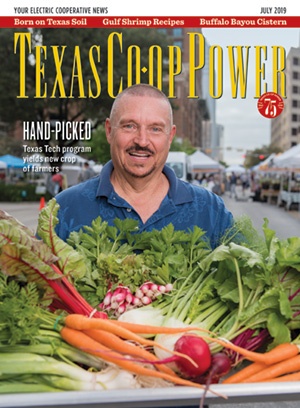I grew up in Texas, but I’ve now spent more than half my life away from my home state. When people ask me where I’m from, I don’t say New York, where I work, or New Jersey, where I’ve lived for the past 18 years. I haven’t lived in Galveston since 1975, but when asked, that’s where I say I’m from: Proudly born on the island—BOI.
But work and life take us places, and journalism moved me to jobs in New York and Washington, D.C. I’m not complaining. These days, I work for The New York Times, happily. But I’ll never not be a Texan and miss home. I’ve wanted my own kids to have a sense of belonging to the Lone Star State, from the time of their births onward.
And that’s how a bag of dirt became a part of our lives and of the lives of several of our friends.
When my wife, Jeanne, was pregnant with our first child, in 1987, of course we couldn’t fly to Texas for the delivery. After thinking about it, I came up with a plan: Get some dirt from Texas to put under the delivery table.
That might sound crazy—and maybe it is—but it’s not new, or unique to Texans. I first heard of it during a study abroad program in Siena, Italy, in the 1970s. The Sienese have fierce loyalty to their neighborhoods, or contrade. Since there was, historically, only one hospital per contrada, people from the others would bring some dirt from their own neighborhood into the delivery room for births.
I’d loved that part of Sienese life, along with the excellent espresso and gelato, and so I started planning for a Texan delivery, contrada style. I gathered dirt from various parts of the state, including Galveston. A friend also sent some—he said he chipped a piece off the Alamo, too, but I don’t believe him. The resulting mixture fit neatly into a baggie.
When I asked the doctor about bringing it into the hospital, she was, luckily enough, charmed. She’s Italian. She said it would be fine so long as it was in a sterile container and under the delivery table.
Unfortunately, that baby, Elizabeth, was born without the benefit of the dirt because she was delivered in an emergency procedure, and I was stuck in traffic trying to get to the hospital. The dirt was the least of our worries, but it all turned out OK: Elizabeth is 31 now, with a daughter of her own—who was born in Texas! So something must have worked.
Being born over a baggie confers no official status, of course. I was, however, able to get a friendly member of the Texas Senate to pass a resolution that mentioned the dirt and declared Elizabeth “a child of the Lone Star State.” (The resolution did not, alas, declare her eligible for in-state tuition.) And I held on to the bag, which was present for the births of our second and third children, born in 1990 and 1996, in New York and Maryland. They got resolutions, too. Resolutions are fairly easy to get when your father is the late A.R. “Babe” Schwartz, a former member of the Texas Senate.
That much-traveled bag of dirt has taken on a life of its own. My friends Jay and Alice had their first child at St. Vincent’s hospital in New York City. Jay, born in El Paso, called the night of the delivery and asked if I could bring it to him. I raced downtown. He stepped out of the delivery room to meet me in a hospital hallway. I tossed the bag. He snapped it out of the air and ran back to the delivery room.
St. Vincent’s is gone now. Jay and Alice are back in Texas, and their daughter, Lily, is going strong.
The bag of dirt has also been pressed into service within the newsroom of The New York Times. Last October, Times metro reporter Emma Fitzsimmons borrowed the bag for the birth of her first child, Hudson. Her dad wrapped the bag in a little Texas flag and, she tells me, “touched the flag to his cute little baby toes within a few hours of his birth so that he would step foot on Texas soil before any other.” More recently, the dirt made its way into the hospital room of Times business reporter Amy Chozick, a San Antonio rose, to help Texanize the birth of Cormac Aidan Ennis.
I held on to the Texas flag wrapper that Emma’s dad provided, so the dirt looks classier now. After all, there are worse ways to start out in life than with this slightly silly but meaningful ritual.
John Schwartz is a science writer for The New York Times.


